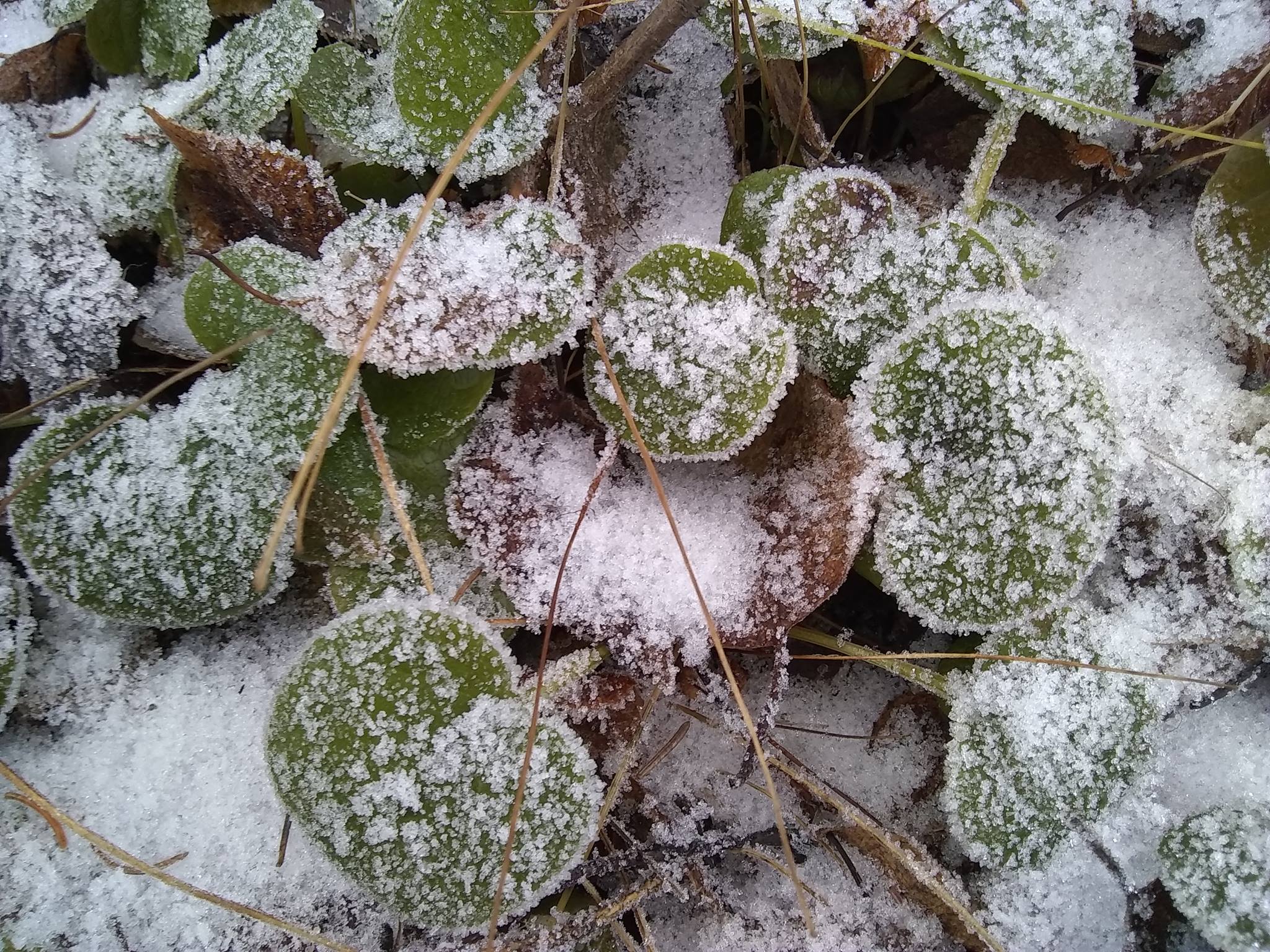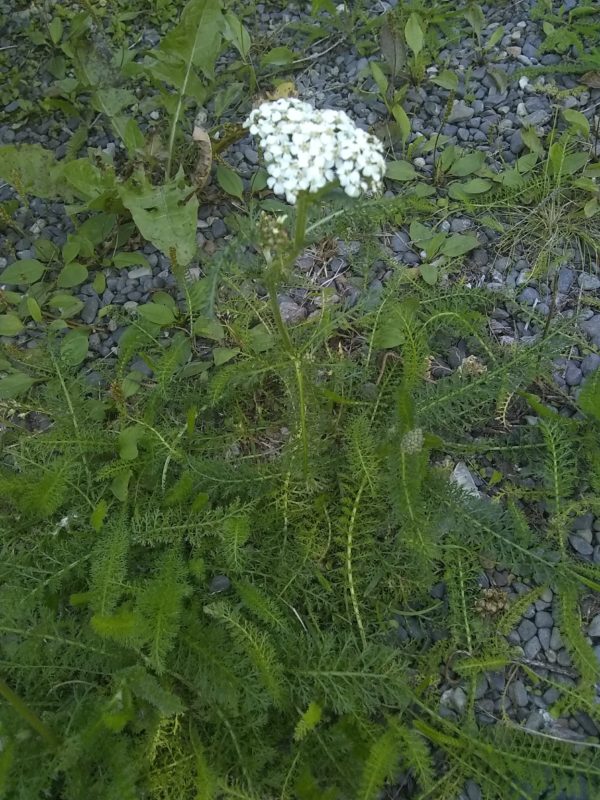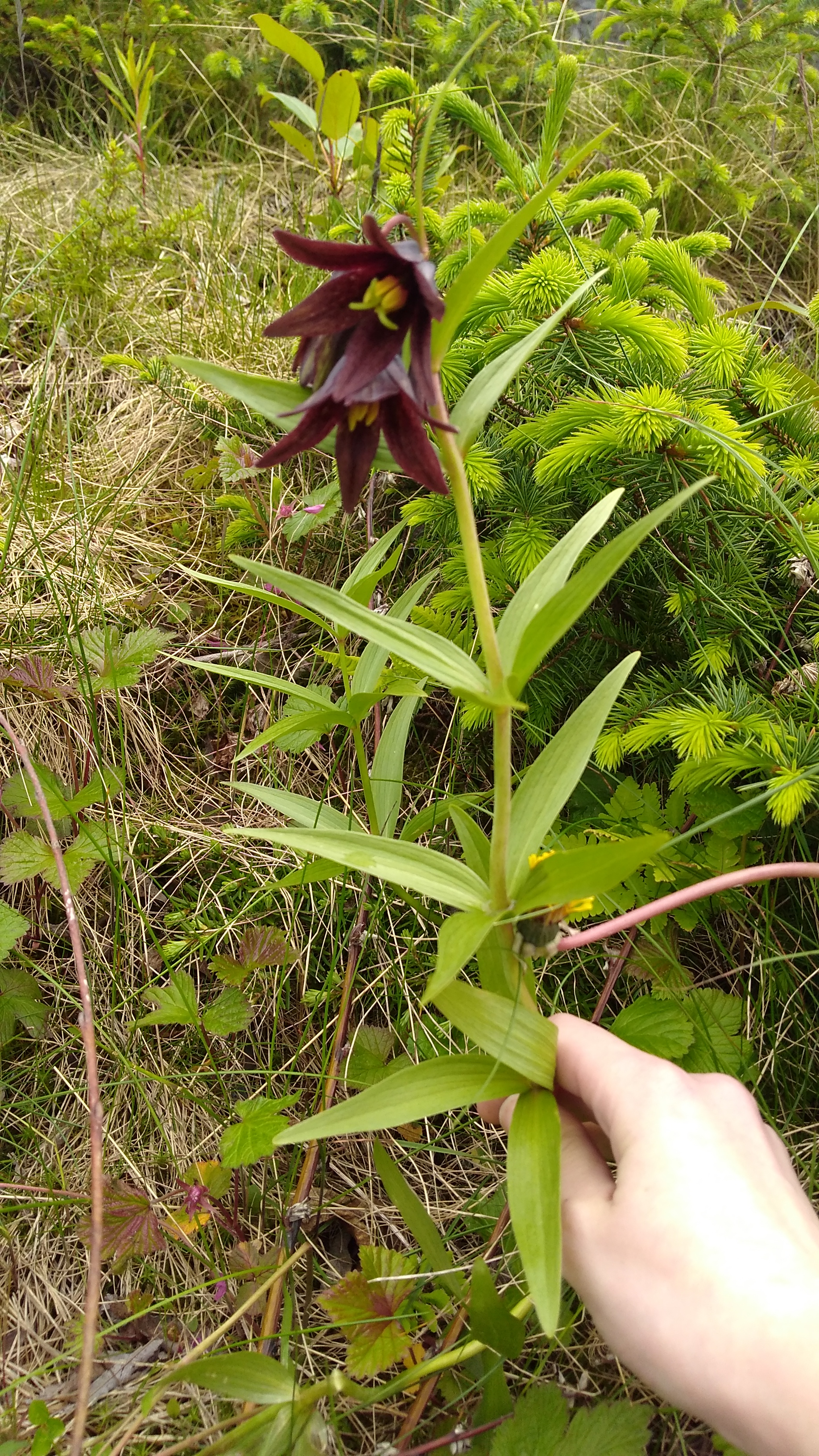There was an interesting discussion on an Alaskan Harvesters page this week: Food sources during the winter. Honestly, there aren’t a whole lot if hares aren’t present and you can’t get beneath the ice. But it got me thinking: what CAN you harvest during the winter. I’m not talking just food, I’m also talking about medicinal. There are a few that I knew about and have collected myself, but I dove deeper into the books to see what else could be harvested during the long winter.
The ones I’ve collected

Balsam poplar buds – these fragrant buds are excellent as a topical anti-inflammatory.

Pyrola – the mashed leaves can be good for insect bites. One of my main uses is as a balm for Jason’s nerve pain.
Spruce tips, roots, resin – I’ve only gathered the tips myself. The resin has a lot of antiseptic properties and can be chewed like gum (although it will get stuck to your teeth and the roof of your mouth) to help with
High bush cranberries; berries and bark – The berries are tart, even after the first frost, but really good for urinary tract infections. The bark made into a tincture is good for muscle cramps (and menstrual cramps too).

Rose hips – High in vitamin C, these are excellent for productive coughs and helping with colds in general.
Lingonberries – Also high in vitamin C, lingonberries are good for colds. However, they are a pretty tasty snack if you’re snowshoeing or hiking/cross country skiing.
Edible
Reindeer/Iceland Moss – To be edible, these lichen (not moss) needs to be boiled in several changes of water. They can be added to soups as a thickening agent.
Inner tree bark – see the tree series. You are supposed to harvest in spring, but if in dire straights, all inner barks are edible. The coniferous trees are reported to be more tasty as the deciduous trees up here tend to have a lot of salicylic acid that makes them bitter.
Acid Kelp – Acid Kelp should be harvested fresh from the rocks. Often it has been boiled with meat.
Ribbon kelp – Ribbon Kelp can be eaten fresh or refrigerated for later use. To use year round, it can be dried.
Lamb’s quarter seeds – The seeds can be roasted and used as a coffee substitute.
Cranberry – These are pretty sour, so they usually taste better after cooking. If you like to bake, they can be good additions to nut breads.
Iris rhizome and seeds – While the rhizome is supposed to be edible, it can be poisonous depending on how much iridin is in it. The seeds can be roasted and used as a coffee substitute.
Cattail roots – Cattail roots are starchy, so they can be dried and ground into a flour.
Medicinal

Labrador tea – Labrador tea is an anti-inflammatory, light sedative, and mildly laxative. The entire plant can be harvested.
Sphagnum moss – This is only in the more mild parts of Alaska. It has antiseptic properties, but also is very absorbent. It’s excellent for stuffing wounds for that purpose.
Juniper – Due to its diuretic properties, Juniper is often used as a tea for urinary tract problems. It can also be used for sore throats, colds, and other respiratory issues due to its expectorant qualities.

Mossberry bark – the bark has an antihistamine and antioxidant called Quercetin, making it excellent for allergies.
Wormwood – If you’ve run out of your stash in the middle of winter, you can used the dried leaves still on the plant.
Chaga – Most resources say that the most concentrated medicinal properties can only be harvested during the cold cold part of winter, after it’s been below freezing for two or more weeks.
Salmonberry bark – The astringent properties of the bark make it great for diarrhea.
Nettle root-stalks – Preventative remedy for benign prostate growths. It can also help with seasonal allergies.
Bearberry – Kinnikinnick leaves are overall a good tea for urinary tract health.
Marsh marigold roots – as a tea, you can use it as an expectorant and antispasmodic (it will help break up mucus and help stop muscle cramps)
That’s it for this post. I hope you found some useful information that you can use in case you get stuck out in a storm away from home. You can also use this information if you get some cabin fever and need something to do during the dark winter.
~Feel better naturally, the Alaskan way~



